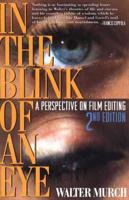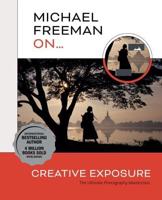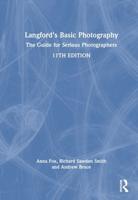Publisher's Synopsis
A practical guide to shooting with a plastic camera, with loads of tips and tricks
Decidedly low-tech and highly idiosyncratic plastic cameras enable shooters to create images that, while not technically perfect, display a quirky sense of fun, spontaneity, and creative artiness. They tend to produce images where colors are typically richly over-saturated, exposure frequently off-kilter, and focus dreamily soft. Plastic cameras lack light meters, autofocus, auto film advance, adjustable shutters, and digital sensors, notoriously leak light onto the 120 or 35mm roll film they employ, and there are some wacky versions: flamboyant wide-angle fish-eyes, pinhole cameras that don't even possess a lens, and multi-lens cameras that create negatives combining up to nine images on a single 35mm frame. This book is the definitive guide to shooting with a plastic camera with tips on loading, advancing, and unloading film; using the viewfinder; dealing with the light leaks that can fog or streak the film; and camera modifications and reinforcements. Although the rule of shooting with plastic cameras is that there are no rules, the book suggests ways to get the most from these unpredictable devices, from capturing movement, producing multiple exposures, and shooting in low light conditions to dealing with flare, shooting close-ups, using flash, using filters, and more. There's also sound, practical advice on experimenting with film types, including black-and-white, infrared, color negative, transparency, and instant; film processing; and printing your images.





